5/2024 – today Postdoc on BEC
Pedro obtained a 4-year Physics degree in 2016 from the University of Seville (Spain), and a master’s degree in Particle Physics and Astrophysics from the University of Granada (2017), finishing his master thesis entitled «Axial Anomaly in the 5d-Anti-deSitter /4d-Conformal Field Theory (AdS/CFT) correspondence».
His academic journey continued with a PhD focusing on fabrication and characterization of nanostructured ceramics at the Department of Condensed Matter Physics of the University of Seville, where he graduated in June 2023.
In May 2024, he joined the Cretan Matter Waves group as a postdoc researcher for the BEC2 project.


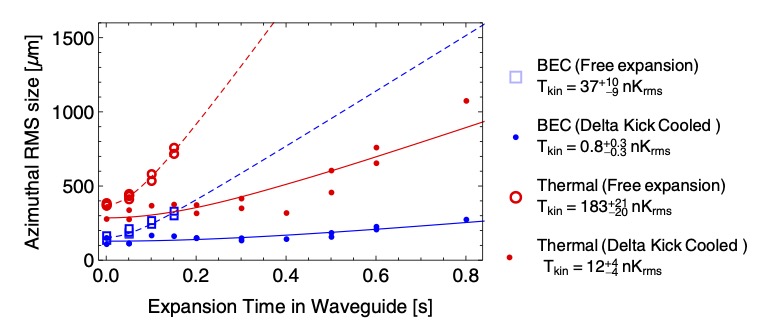
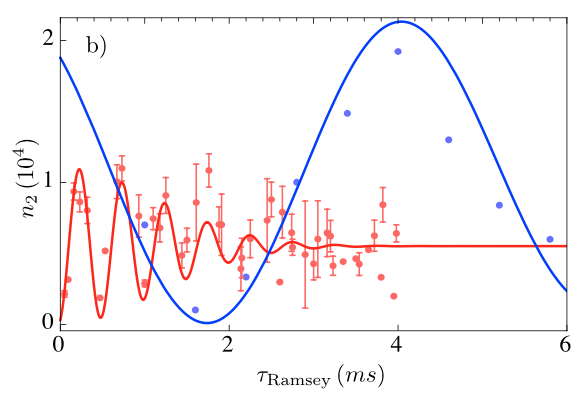

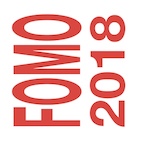






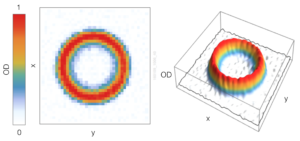



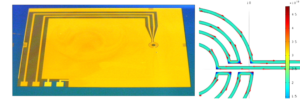
You must be logged in to post a comment.